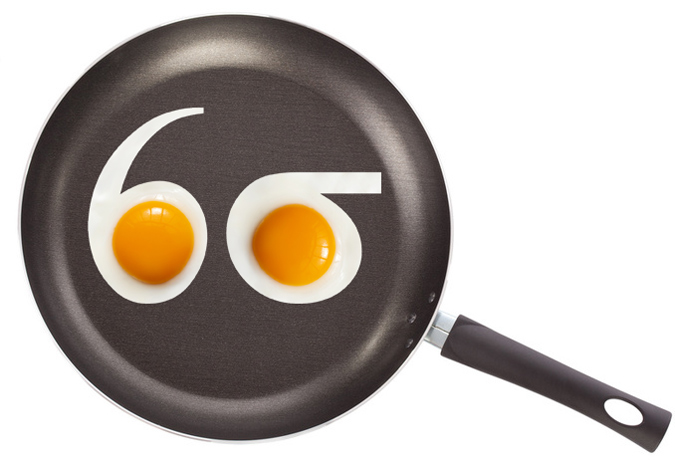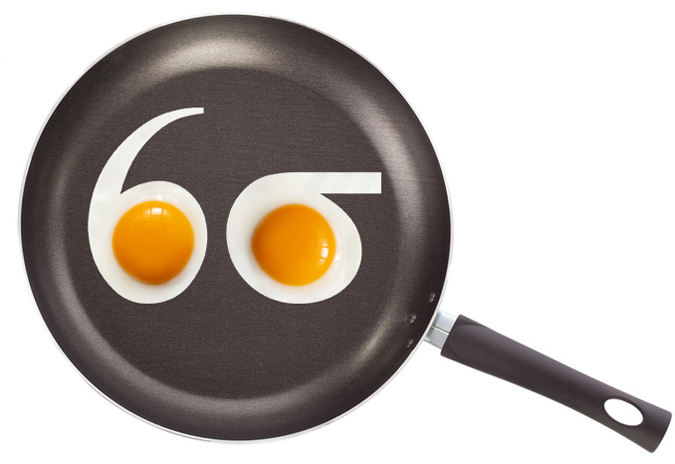Andy Trainer
14 Feb 2013
Cooking With Six Sigma
We recently wrote about an American man who used Six Sigma to control his diabetes. It went to show that Six Sigma is gradually being recognised as a system that can be used beyond the workplace and especially for more than just manufacturing.
Six Sigma is all about improving the quality of processes and thereby the end result. Now if you've ever burnt your dinner or tried out a new recipe that has not quite ended up how you expected, you'll know that cooking is an area in which quality can always be improved!
In this post then, we're going to look at one of the main tenets of Six Sigma: the DMAIC method and see how it could be applied to kitchen to show how useful it is as process and demonstrate how it works.
If you prefer your Six Sigma with a side of business, take a look at our range of Six Sigma Courses - there's one for any level of experience.

DMAIC in the Kitchen
So let's say you've got a classic go-to meal that you just love cooking; I'll use my own example of chilli con carne.
The trouble is that you or those you make it for have lost interest in it. There's something missing - it used to excite you, now it's just dull (obviously in business, it would be used to make more money, not make your work more interesting!).
Fear not! By using the DMAIC method you'll have a chilli (or your own personal choice of meal) that'll be making your taste buds dance again in no time.
Firstly:
DEFINE - Work out what's wrong with the meal. Take the time to have multiple taste tests and pinpoint exactly what it is that's pushing you to the point of giving it all up for a Maccy Ds. Is it bland, is it too strong/too mild?
MEASURE - Collect specific data about the meal - how much salt do you use, how much beef, how many onions etc. Do you change it each time?
ANALYSE - Take that data that you've collected and study it for a pattern - on the occasion you used two onions instead of one, did it have more flavour? Or was it overpowering?
IMPROVE - Collate the data and analysis to find out what the 'optimum' recipe is e.g. when you had one onion, two tins of tomatoes and a teaspoon of chilli powder it was mild and bland but two onions, one tin of tomatoes and a tablespoon of chilli powder was far too strong. Find that goldilocks zone!
CONTROL - Record the best recipe you find and make sure to follow it to a tee; although cooking is about experimenting so don't let yourself be restricted every time. If, however, you need to be certain that the meal you cook will be tasty (if the in-laws are coming over for example!) then follow this method.
Digestif
Six Sigma is useful for so many things; it's easy to forget that it originated as a purely manufacturing-based system. These days it's being used by everyone from the major players in the service industry to small local businesses and as such, is only becoming more important as a skill set.
If you'd like to start on the path to being a Six Sigma pro, try our Green Belt Training. We can't promise you'll learn much about cooking but you will learn a lot about improving the quality of your business systems. And if the side effect is that you're able to make a mean chilli, then all the better!
Bon appetit!
